|
I’ve been looking at sprang lace in European collections. The Petrie Museum in London had a spectacular bonnet. Today I was at the Royal Museum of History and Art in Brussels. I was honoured to be permitted to examine a collection of sprang samples made between 1798 and 1830, now in the care of this museum. What can I say, these pieces are spectacular! Created using a very fine thread, the patterns are exquisite. I’ve been working to map out the patterns I see, and then creating a small sample, just to be sure I’ve got the mapping correct. I think I’m in heaven. The next day I was allowed a visit to the Musee Royal de lArmée et d’Histoire Militaire. They have a spectacular collection of military sashes. I was also privileged with a visit to sashes in the storage area. It seems that Belgian soldiers wore sprang sashes until the World War I. Some are all S, some all Z. Many bear evidence of both S and Z twist in the sash, small knots on either side of the meeting place between S and Z. OK, so they did not do the bead thing that I do, removing the edge thread. I stand corrected.Many thanks to Dr Marguerite Coppens, Else Bogaerts, Frieda Sorber, and Katia Johansen for making these visits possible for me.
0 Comments
Yes, I’m travelling again. Now a member of the ancient textile society associated with the Textile Museum in Lyon, France, aka CIETA, I decided to attend their biennial conference. The conference coincided with the opening of an amazing exhibit at the museum, Antinoé à la vie, à la mode. The exhibit included almost incredible pieces found in Egypt in the late 1800s, some of it never before on display, quite the celebration of ancient fashion. From a textile perspective it was an amazing view into the time period. Yes, the exhibit included two sprang caps. Tours were part of the conference. I opted for a bus tour to le Puy-en-Velay More amazing textiles on display. From Lyon I went to London. There I had a visit scheduled at the Petrie Museum. I was accorded a visit with two sprang caps. I’ve since mapped out the patterns, and am giving samples to the museum. It is a fascinating piece, combining multiple twist interlinking and another technique where a single thread traverses the open space between vertical lines of interlinking. Later that week I experienced the Alexandra Palace Knit and Stitch Show. How heartwarming to see such crowds interested in textiles. I helped staff the booth belonging to The Braid Society. We managed to teach an awful lot of people how to do fill-the-gap kumihimo. On to Reading for a sprang class at Aldebourne. Aldebourne is a tiny community, but home to a large group of individuals interested in braiding techniques. Imagine the community center in a small village, and on a Sunday afternoon the space is crowded with people and their inkle looms, tablet weaving, and kumihimo. This is where I taught a sprang class. What a pleasure to teach to such apt students. On to the Pitt-Rivers Museum. Page 67 of Sprang Unsprung features the photo of an amazing bag with a design of 5 people, worked in beads. I was privileged with a close examination of this bag, as well as several sashes of Great Lakes interlacing (oblique weave) design.
Presently I’m in Devon. I presented a class in sprang to the Devon Handweavers, another group with a keen eye for structure. It’s always a pleasure to open up the world of sprang for people. |
Categories
All
Archives
May 2023
Categories
All
|
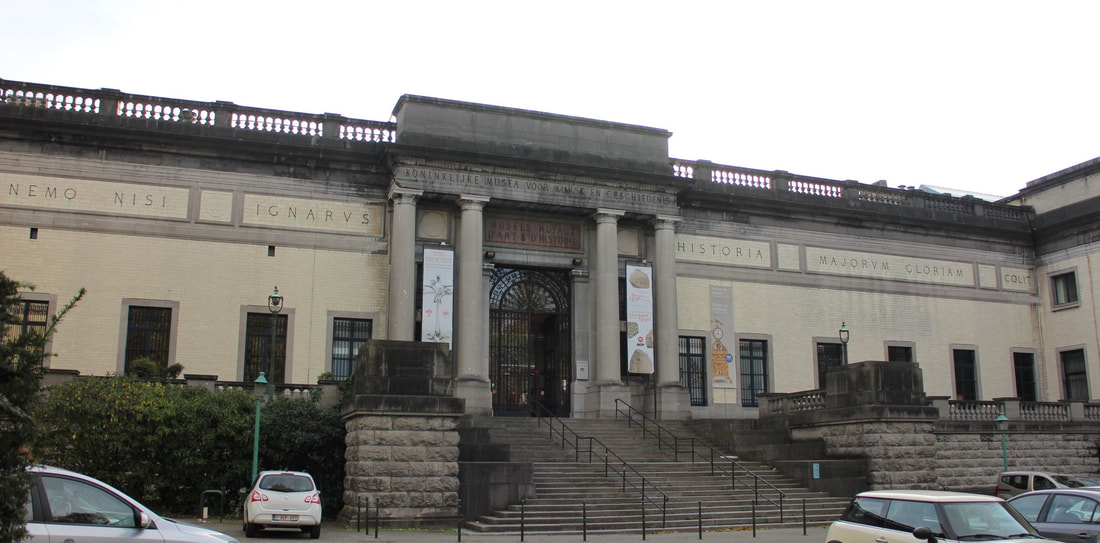
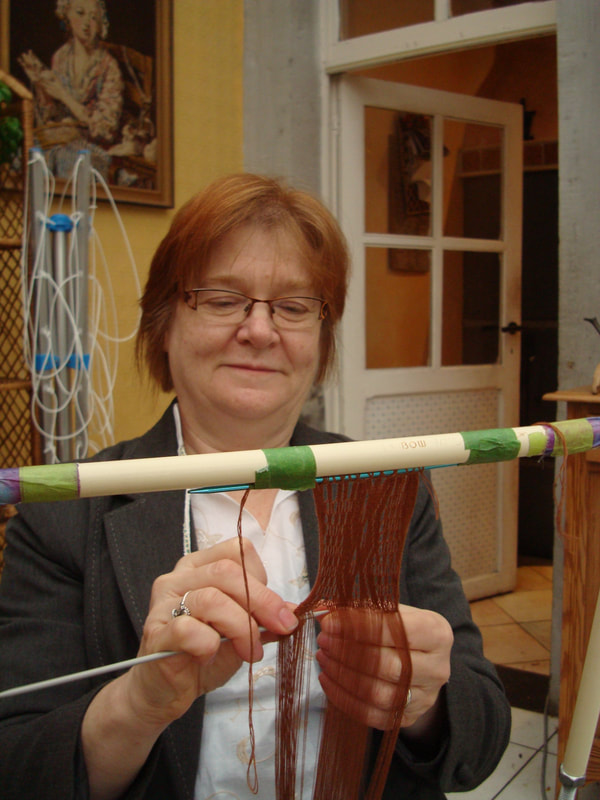
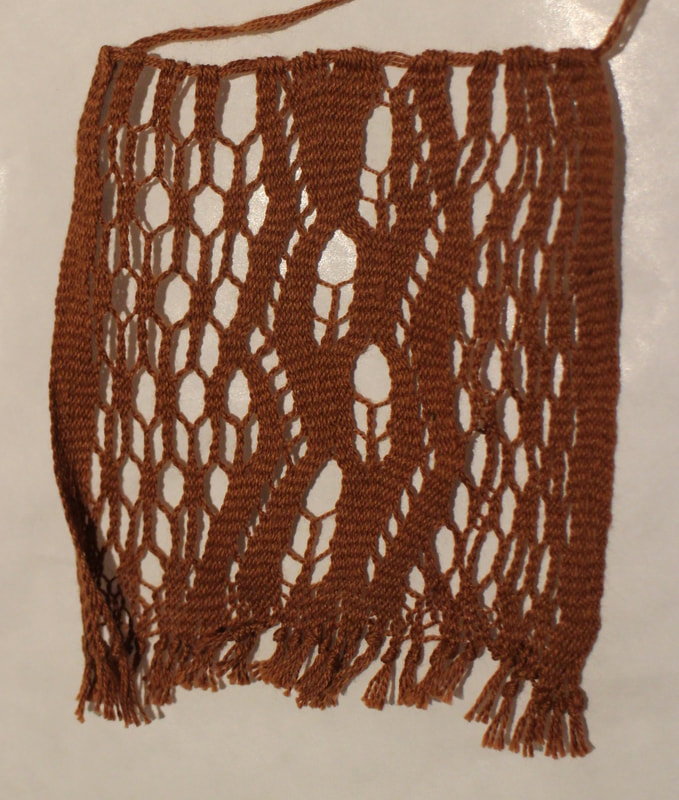
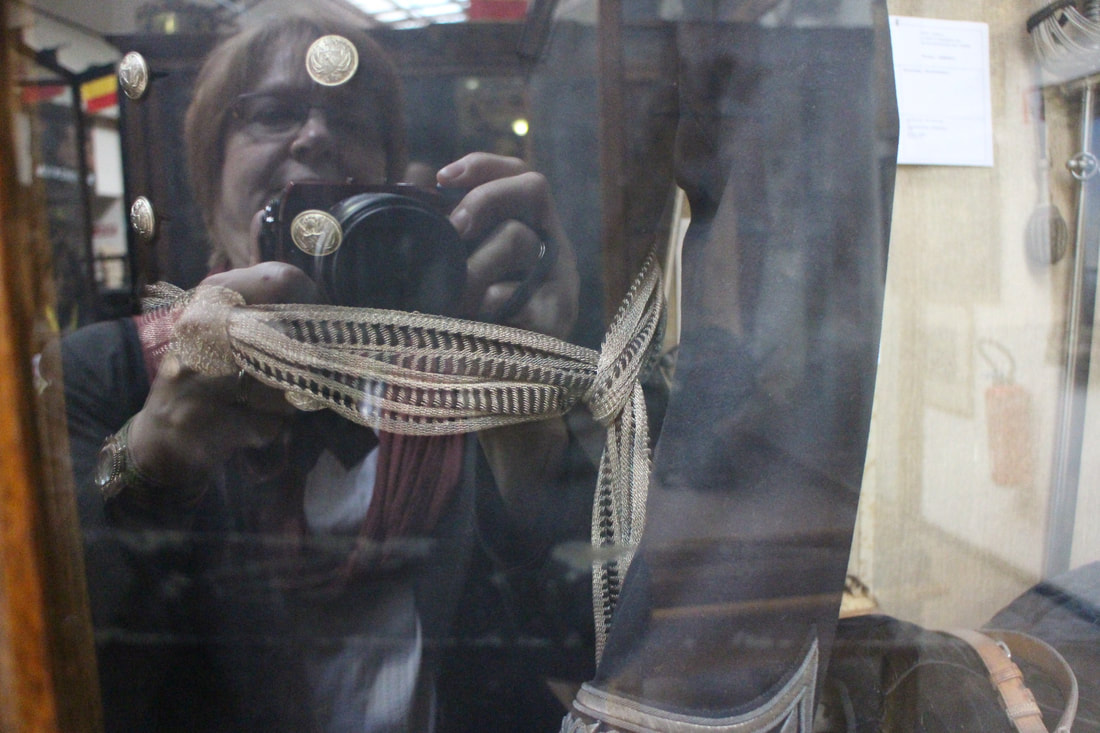
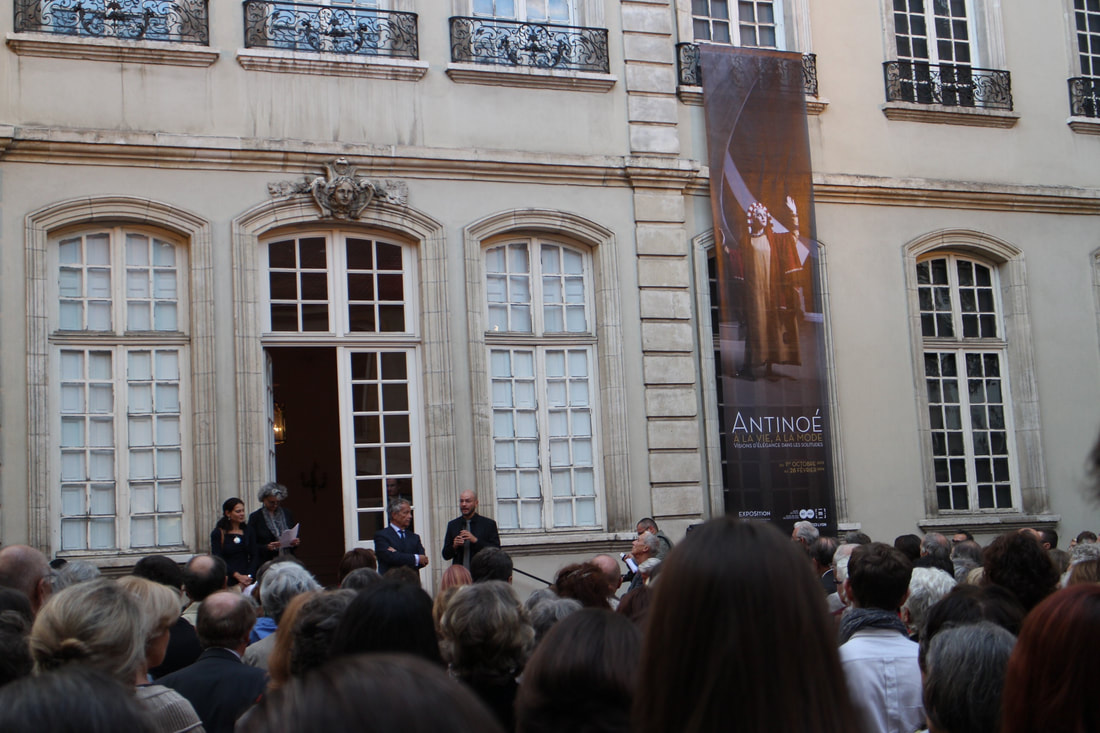
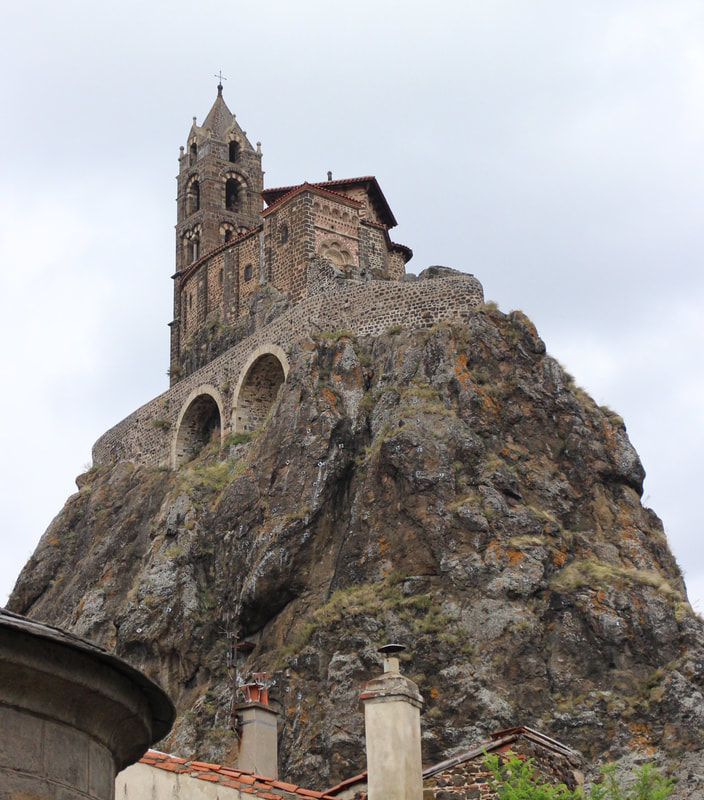
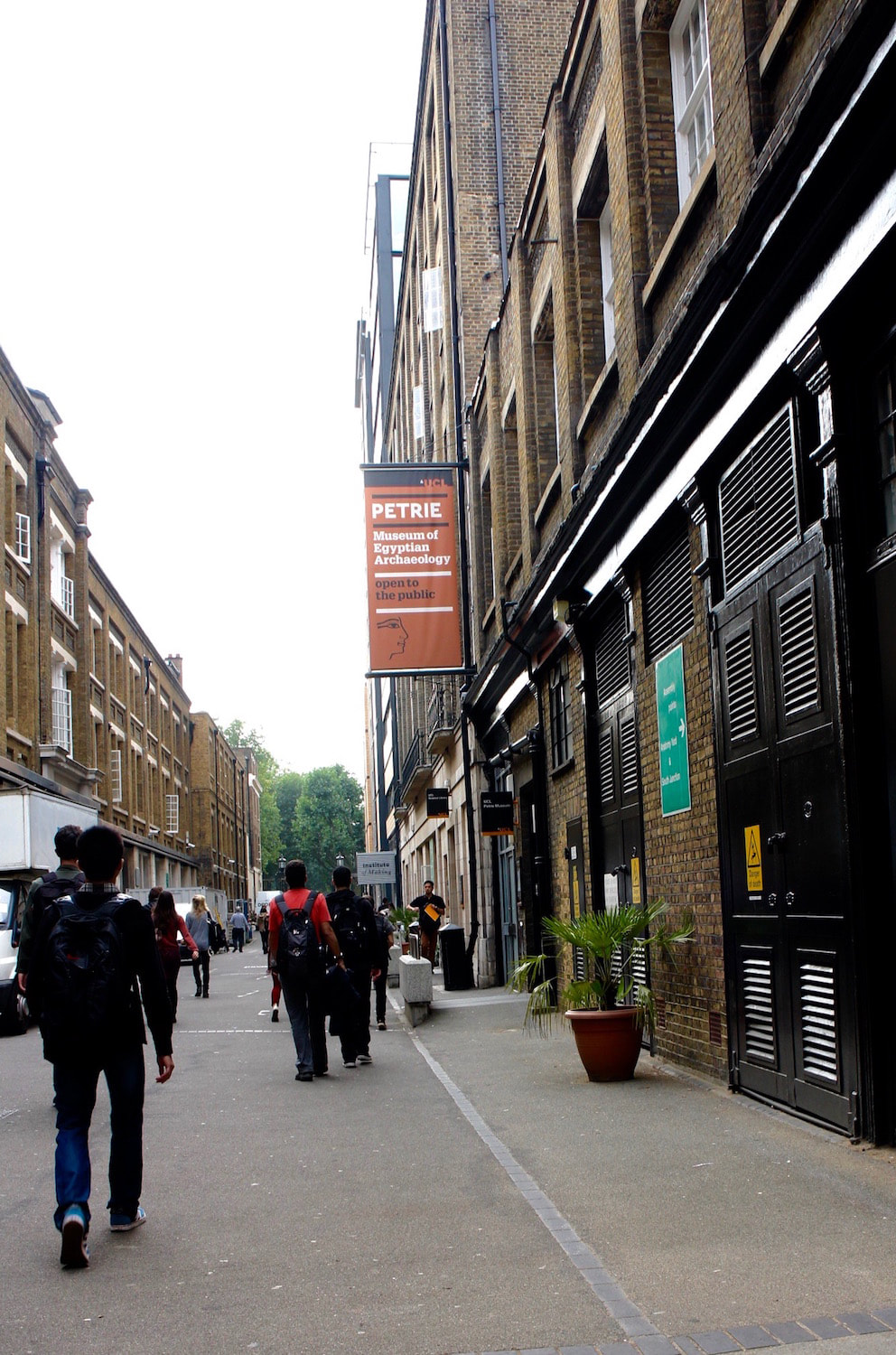
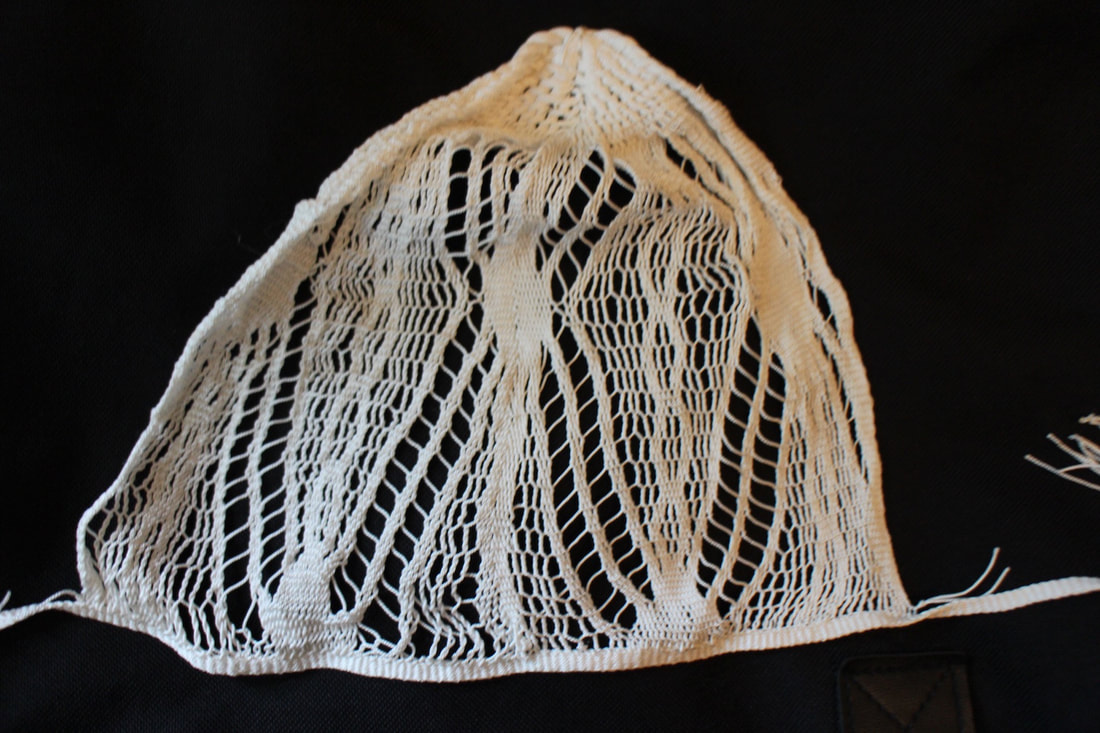
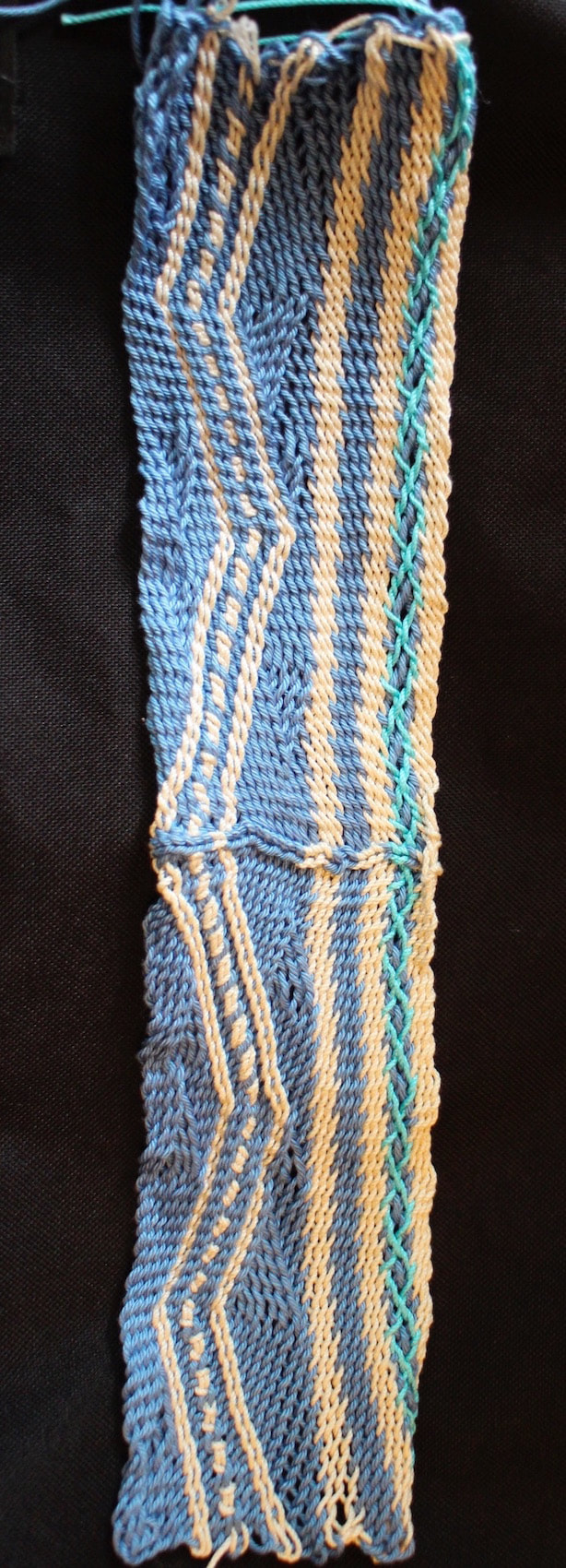
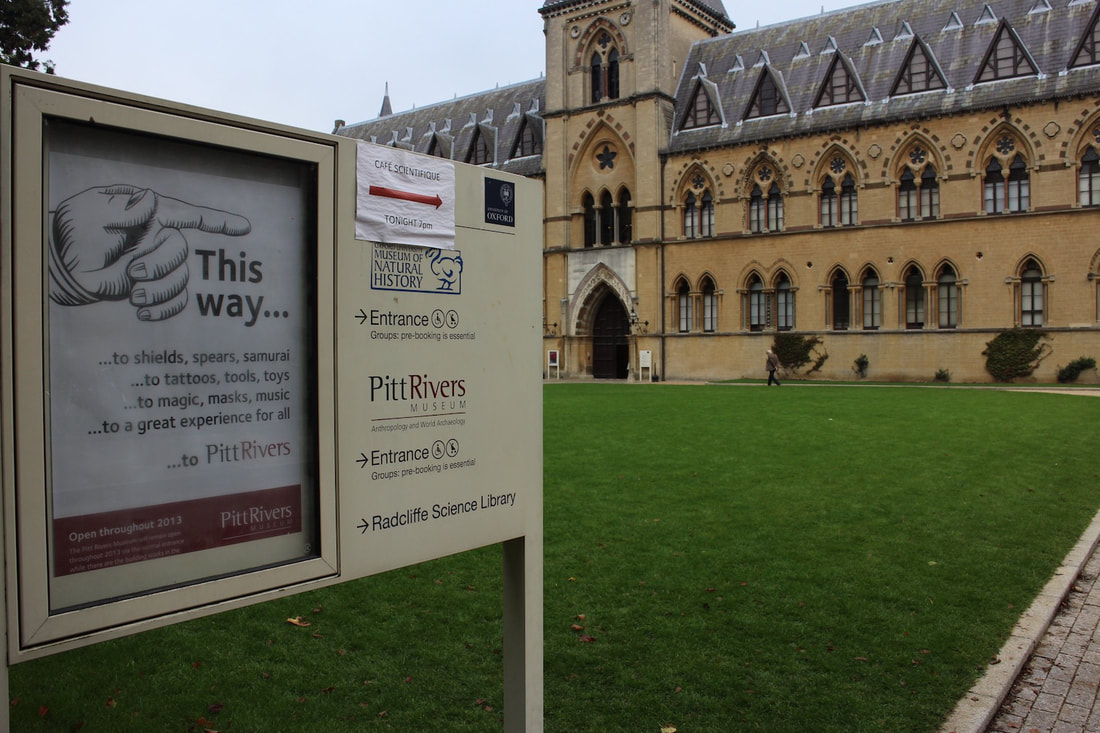
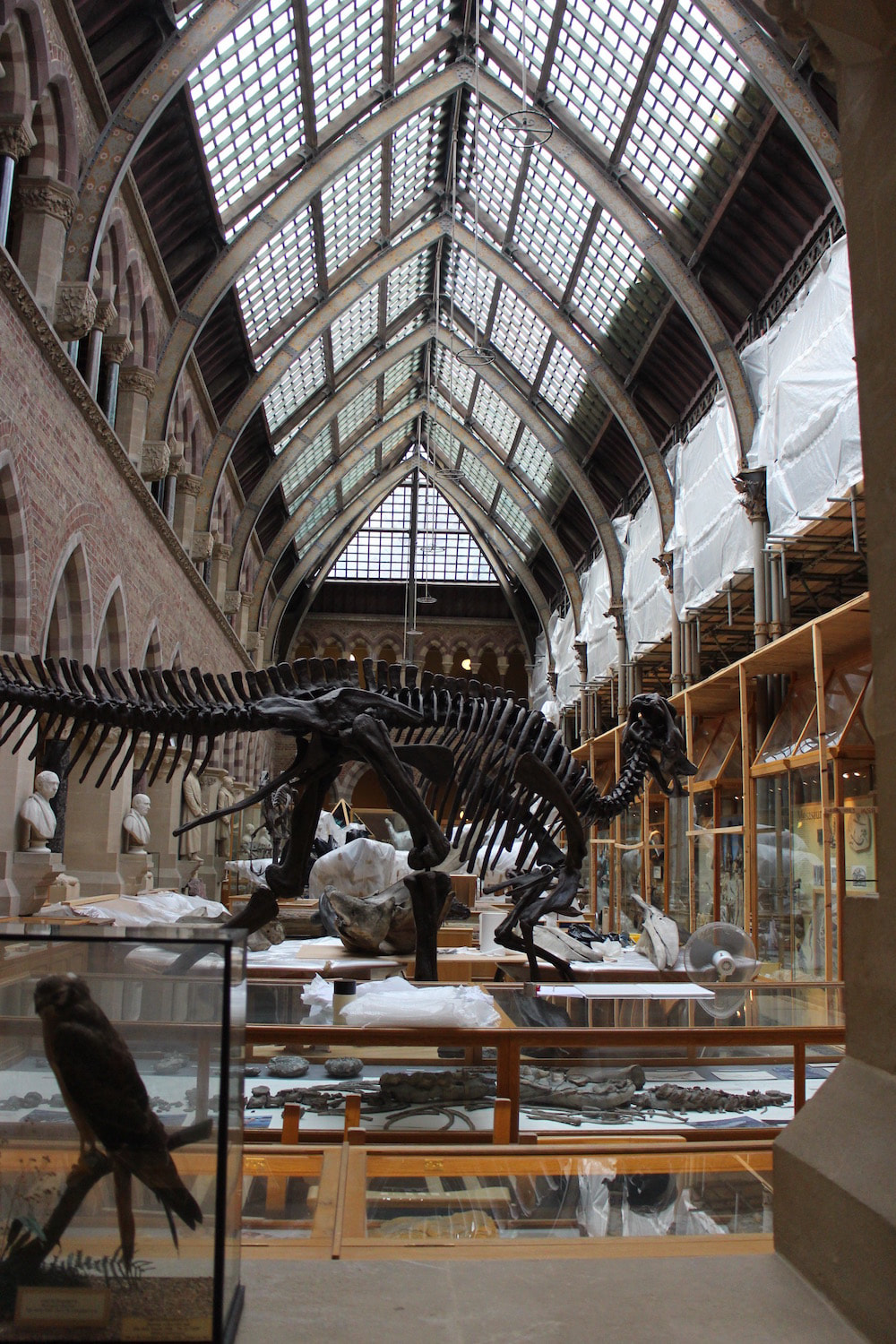
 RSS Feed
RSS Feed